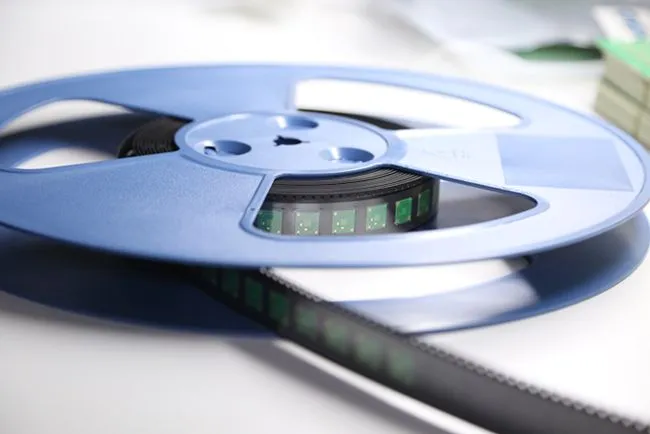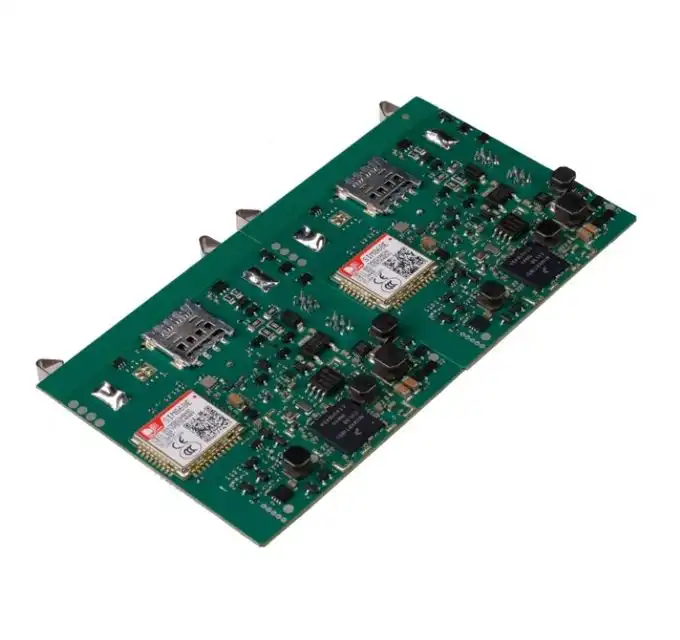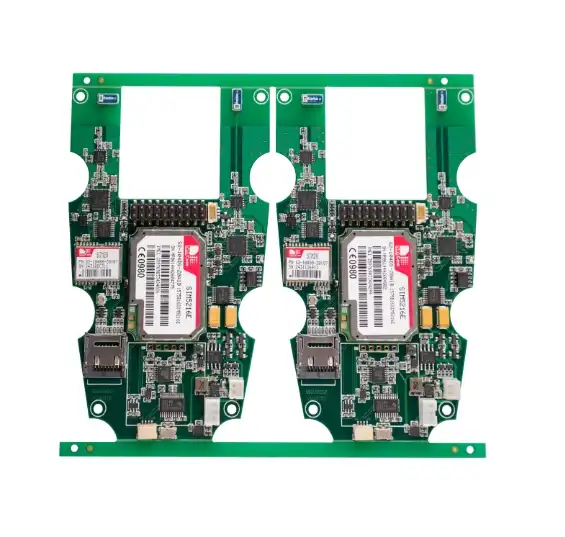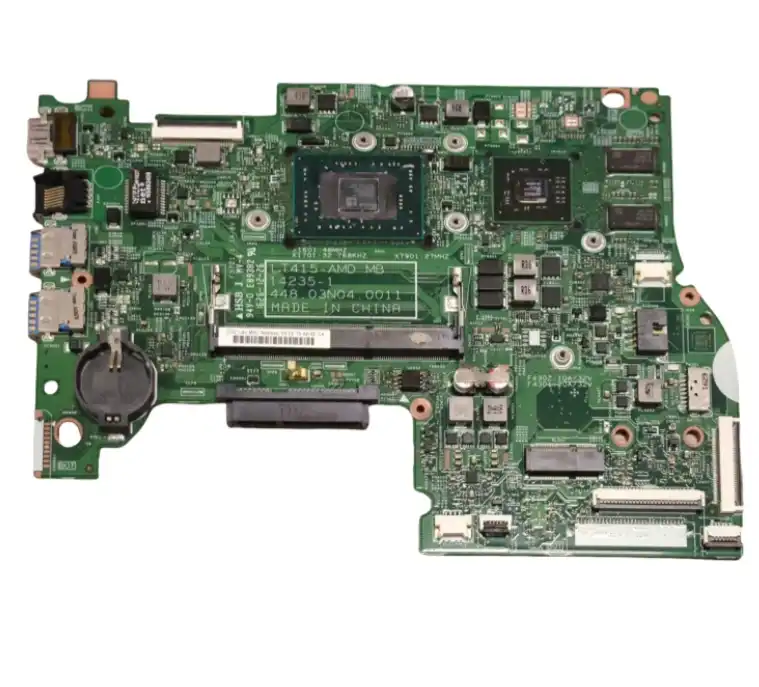The Rise of Flexible PCBs in IoT Devices
The Internet of Things (IoT) has ushered in a new era of connectivity, and flexible PCBs are at the forefront of this technological revolution. These versatile circuit boards offer numerous advantages that make them particularly well-suited for IoT applications:
Space-Saving Design
Flexible PCBs allow for three-dimensional design configurations, enabling developers to create compact IoT devices that can fit into tight spaces. This space-saving attribute is crucial for applications such as smart home sensors, which need to be unobtrusive yet functional. The ability to bend and fold flexible PCBs means that complex circuitry can be packed into smaller form factors, leading to more efficient use of space within devices.
Enhanced Durability
IoT devices often need to withstand harsh environments and frequent movement. Flexible PCBs excel in this regard, as they can absorb shock and vibration better than their rigid counterparts. This increased durability translates to longer-lasting IoT products that can maintain reliable performance even in challenging conditions, such as outdoor weather sensors or industrial monitoring equipment. Additionally, their lightweight and space-saving design allows for greater versatility in compact or wearable devices, enabling more innovative applications in modern PCB prototyping and advanced IoT system development.
Improved Connectivity
The malleability of flexible PCBs allows for better signal integrity and reduced electromagnetic interference. This is particularly important for IoT devices that rely on wireless communication. By optimizing the layout and reducing the need for connectors and cables, flexible PCBs can enhance the overall connectivity and reliability of IoT networks.
Flexible PCBs Transforming Wearable Technology
The wearable technology sector has experienced explosive growth, largely due to the capabilities offered by flexible PCB assembly. These adaptable circuits have become indispensable in creating comfortable, functional, and stylish wearable devices:
Conformability to Body Contours
One of the most significant advantages of flexible PCBs in wearables is their ability to conform to the human body's curves. This conformability is essential for devices like smartwatches, fitness bands, and health monitoring patches. By using flexible PCBs, manufacturers can create wearables that fit comfortably and securely, improving user experience and ensuring accurate data collection.
Integration with Textiles
Flexible PCBs have opened up new possibilities in smart textiles and e-textiles. These pliable circuits can be seamlessly integrated into fabrics, creating garments with embedded technology. From smart clothing that monitors vital signs to athletic wear that tracks performance metrics, flexible PCBs are enabling a new generation of wearable innovations that blur the line between technology and fashion.
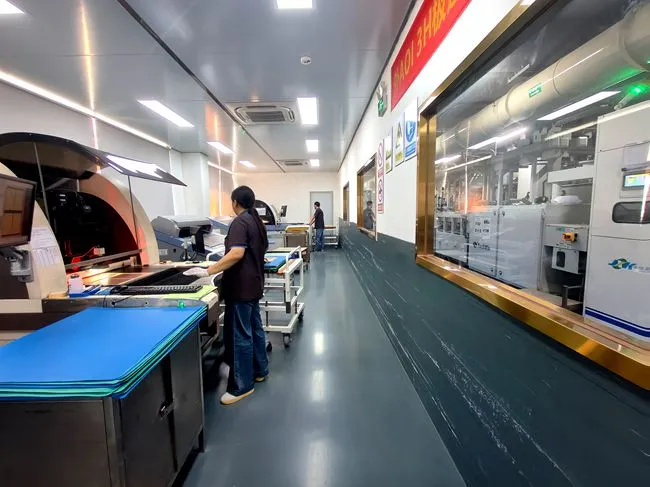
Lightweight and Low-Profile Design
Wearable devices need to be lightweight and unobtrusive to ensure user comfort. Flexible PCBs contribute significantly to achieving these design goals. Their thin profile and lightweight nature allow for the creation of sleek, barely noticeable wearables that don't impede the user's movements or daily activities. This is particularly important for medical wearables and continuous monitoring devices that need to be worn for extended periods.
Overcoming Challenges in Flexible PCB Assembly for IoT and Wearables
While flexible PCBs offer numerous advantages, their assembly and integration into IoT and wearable devices come with unique challenges that manufacturers must address:
Thermal Management
Flexible PCBs have limited surface area for heat dissipation compared to rigid boards. This can be problematic in IoT and wearable devices that generate significant heat during operation. Engineers must employ innovative thermal management solutions, such as using thermally conductive materials or incorporating strategic ventilation in the device design to ensure optimal performance and longevity.
Component Attachment
The flexible nature of these PCBs can make component attachment more challenging. Traditional soldering techniques may not be suitable for all applications, especially those requiring frequent bending. Alternative methods like conductive adhesives or low-temperature soldering processes are often employed to ensure reliable connections that can withstand the stresses of flexing.
Design Complexity
Designing flexible PCBs for IoT and wearable applications requires a different approach compared to rigid boards. Engineers must consider factors such as bend radius, neutral axis placement, and stress distribution to ensure the circuit's integrity throughout its operational life. This increased complexity necessitates specialized design tools and expertise to fully leverage the potential of flexible PCBs.
Conclusion
Flexible PCB assembly has become an integral part of IoT and wearable device development, enabling innovative designs that were previously impossible. As technology continues to advance, the demand for flexible PCB manufacturers and suppliers is expected to grow. The unique properties of flexible PCBs make them ideal for creating compact, durable, and conformable electronic products that seamlessly integrate into our connected world. For companies looking to stay at the forefront of IoT and wearable technology, partnering with experienced flexible PCB manufacturers is crucial to bringing cutting-edge products to market.
FAQ
What are the main advantages of using flexible PCBs in IoT devices?
Flexible PCBs offer space-saving design, enhanced durability, and improved connectivity for IoT devices.
How do flexible PCBs benefit wearable technology?
They provide conformability to body contours, easy integration with textiles, and enable lightweight, low-profile designs.
What challenges are associated with flexible PCB assembly for IoT and wearables?
Key challenges include thermal management, component attachment, and increased design complexity.
Advanced Flexible PCB Solutions for IoT and Wearable Innovations | Ring PCB
Ring PCB leverages cutting-edge technology to manufacture high-quality flexible PCBs tailored for IoT and wearable applications. Our state-of-the-art facility, equipped with LDI laser exposure and vacuum lamination, ensures precision in every layer. As a leading flexible PCB manufacturer, we offer comprehensive solutions from prototyping to mass production. Experience the difference with our expert engineering team and advanced manufacturing capabilities. For inquiries about our flexible PCB services, contact us at [email protected].
References
1. Johnson, L. (2022). "Flexible PCB Technologies in Modern IoT Devices." Journal of Wearable Electronics, 15(3), 78-92.
2. Zhang, Y., & Smith, R. (2021). "Advances in Flexible PCB Assembly for Wearable Health Monitors." IEEE Transactions on Flexible Electronics, 7(2), 145-159.
3. Patel, A. (2023). "Overcoming Thermal Challenges in Flexible PCBs for IoT Applications." International Journal of Thermal Sciences, 182, 107-120.
4. Li, X., et al. (2022). "Design Considerations for Flexible PCBs in Next-Generation Wearable Devices." Flexible and Printed Electronics, 6(4), 043001.
5. Brown, T. (2023). "The Future of IoT: Innovations in Flexible PCB Manufacturing." Advanced Materials & Processes, 181(5), 22-28.
